Magnolia Sieboldii Oyama Trees – Everything You Need to Know
This is a beautiful deciduous variety of magnolia with moderate growth rate, showy flowers, and needs very little maintenance to grow well.
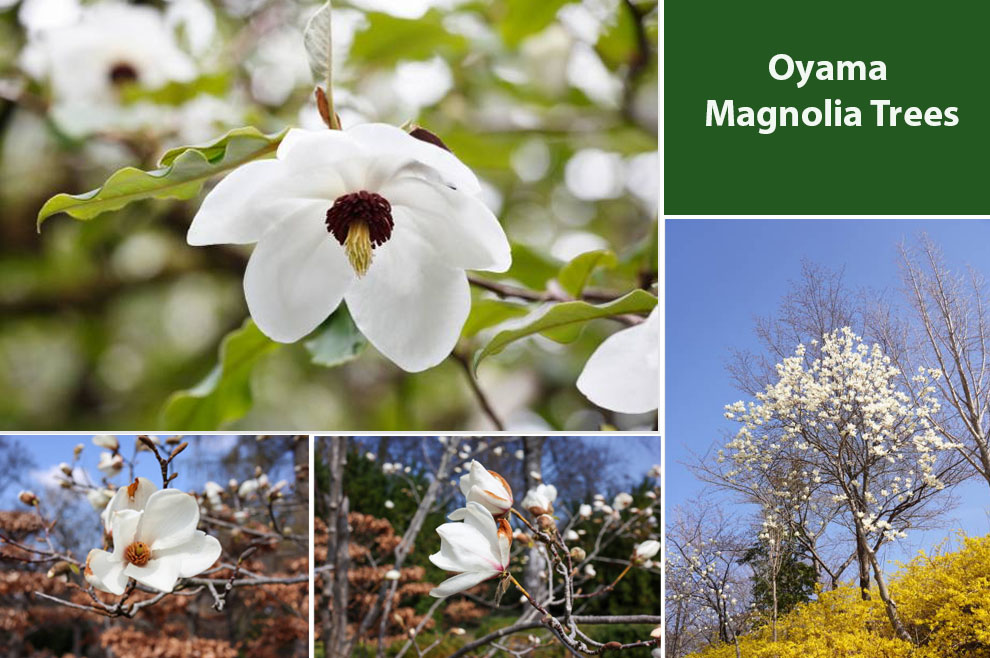
The Oyama is a deciduous magnolia variety that grows between fifteen and twenty-five feet tall. Hence, it is referred to as the Oyama magnolia shrub or the Oyama Magnolia tree. It is a beautiful plant that blooms between late spring and summer, yielding fragrant, white, cup-shaped blossoms with rose-colored stamens at the nucleus.
Oyama Magnolia branches work as a safe haven for the garden birds. Suited for growing in both large and small spaces, these trees add a beautiful variety to the garden. During the early spring, these trees are a delight in themselves because not many flowers show color during this time.
So, if you hope to add this tree in your yard, consider planting them with other spring-blooming plants, such as Crocus, Hyacinth, Daffodils, and other shrubs like Camellias.
Magnolia Sieboldii Oyama Overview
| Genus | Magnolia |
| Plant Height | 10 to 15 feet |
| Spread | 10 to 15 feet |
| Type | Deciduous |
| Growth rate | Moderate |
| Sun | Full Sun to Partial Shade |
| USDA hardiness zones | 6, 7, 8, 9 |
| Characteristics | Fragrant Flowers, Showy Fruit |
| Maintenance | Negligible |
| Water | Medium Moisture |
| Flower color | White and red |
| Bloom Time | Spring and Summer |
| Leaf | Goof fall |
| Fruit | Showy |
About The Oyama Tree (Flowers, Fruits, and Tree Size)
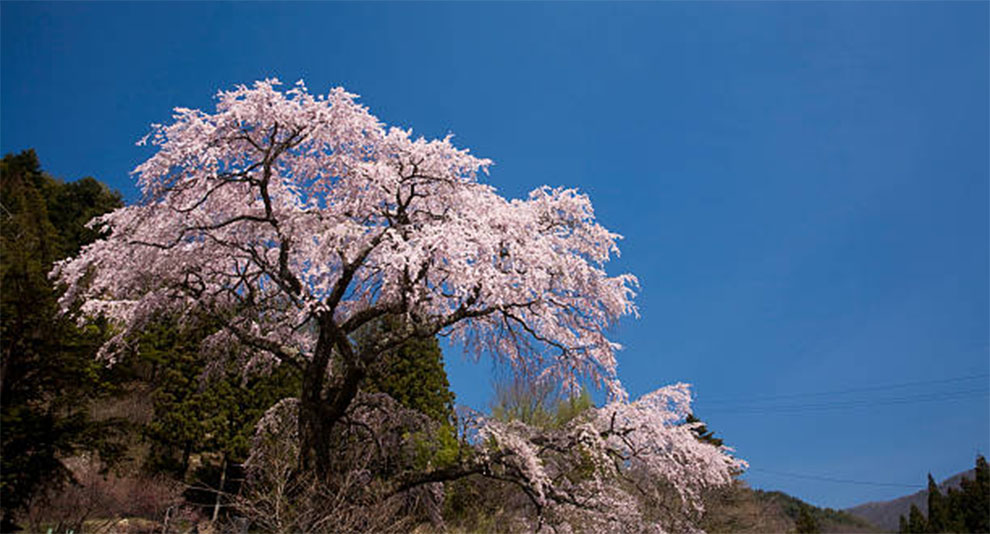
Magnolia Sieboldii, is a vase-shaped, small tree or a deciduous shrub with a coarse texture. Native to South Eastern China, under-story forested areas in Japan and Korea, it takes time to mature. It has a moderate growth rate.
Upon maturity, the plant reaches between 10-15 feet tall and wide. An ideal spacing between two plants will be between six and eight feet. The Oyama are more wind tolerant than most deciduous Magnolias.
Belonging to the Magnolia genus, they are botanically called the Magnolia Sieboldii Oyama. Its nodding flowers grow at the branch tips and are cup-like with a slender look. Their colors range from yellow to white and different shades of pink, lavender to purple.
Each flower features six to twelve petals, and the tree has a gray, light-hued bark with an upright to rounded form. The Oyama Magnolia can be a good pick if you seek a flowering shrub in a semi-shaded area. Its flowers are a good pollen source for early-rising beetles and other similar insects.
They are early garden bloomers with crimson stamens, and their flowers show at the beginning of the growing season from late May to July. However, they show sporadic flowering in summer.
Its flowers are followed by a showy, pink oval fruit about three inches long. The fruits open in the fall, revealing red or orange seeds. Oyama’s leaves are oblong to broad elliptical green, usually between three and six inches long. As it is a deciduous magnolia variety, the leaves become yellow in the fall.
Oyama Magnolia Tree Plantation
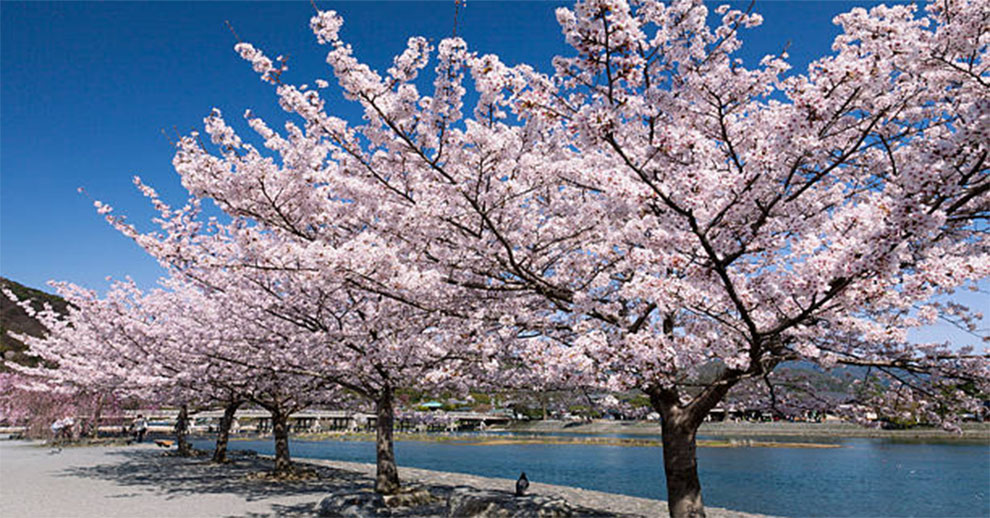
The best time to plant them young is during the spring. Ensure that they are well-hydrated. The plant typically benefits from the pre-mixed magnolia fertilizer or an organic matter because that promotes healthy, robust growth. Mix it into the soil around the new plants’ roots. While selecting the location for magnolia, be cautious, ensuring that the plant has ample space to grow.
The tree grows about twenty-five feet tall with an equivalent spread. It has a low canopy, only two feet above the growth. Thus, it is ideal for plantation under the power lines. It has a medium growth rate. Under suitable conditions, the plant can live for about six decades, sometimes even more.
You can plant the Oyama Magnolia along with several shade-loving plants to avoid competition for resources and because its canopy yields a light shade. Some good companion plant options include Elephant ears, calla lilies, ferns, Camellias, and Hostas. However, these are only a few of the many options.
How Do You Care For Oyama Magnolia?
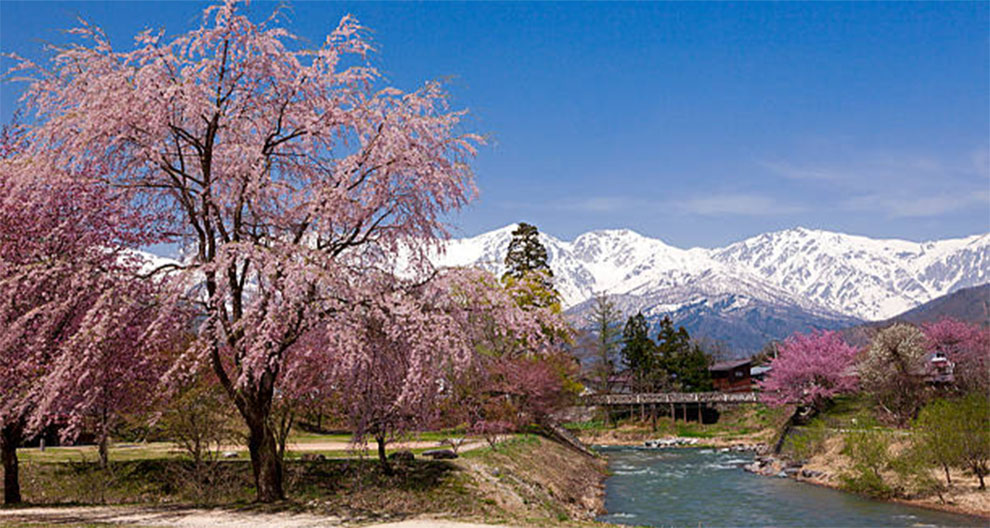
Here are the care instructions for the Oyama Magnolia:
A. Light
Positioning the Magnolia Sieboldii Oyama right is one of the quintessential factors of consideration. Despite their ability to thrive in cooler temperature, they still appreciate a location with bright sun wherein they have access to partial shade when the sun’s rays are sharp and harsh.
B. Water
Oyama trees demand a lot of water when they are young, newly planted, or when there is a drought. So, immediately after planting them, water them. After the water has soaked then only rewater the plants.
At least four to five times watering can be done with newly planted Oyama magnolia. The second watering should be done three days following the day of planting, and the third watering should be done five days afterwards.
After that, you can now water the plant only minimally. Oyama Magnolias that have grown up can easily absorb moisture from the ground. So, exercise caution and keep an eye out to make sure the topsoil is moist. Growing plants can benefit from early and evening watering.
C. Soil Requirements
Typically, the Oyama Magnolia trees thrives best in acidic soil. It is a vital consideration factor if you typically garden in alkaline soils like chalk or clay. You can add a generous peat layer. It can amplify acidity levels. But, if you reside somewhere where the soil continually remains wet, especially during the winter, you have no reason to worry because your Oyama Magnolia can easily cope with the rich, compact soil.
D. Temperature, hardiness, and humidity
To ensure that you impose no damage on these attractive flowering buds, you must plant the tree at moderate to warm temperatures. Typically, they enjoy the best weather conditions between USDA zones four through nine.
The plant likes humid but not soggy conditions. So, if the air is dry, you can consider misting the plant. Regularly mulching with a thick layer around the root base can also help the roots retain moisture.
E. Pruning
The Oyama Magnolia can benefit from little pruning. However, if you prune too severely, it can also cause harm and stop the plant from flowering. Therefore, if the plant has completed blooming, a modest trim in the summer or late spring is advised for the younger trees.
It can assist in preserving Oyama’s aesthetic appeal and guarantee additional blooms in the upcoming years. Remove any broken or crooked branches as you are pruning. You can also trim any lanky, excessively long shoots.
Related: Magnolia Lifespan | Magnolia Growth Rate
Propagation of Oyama Trees
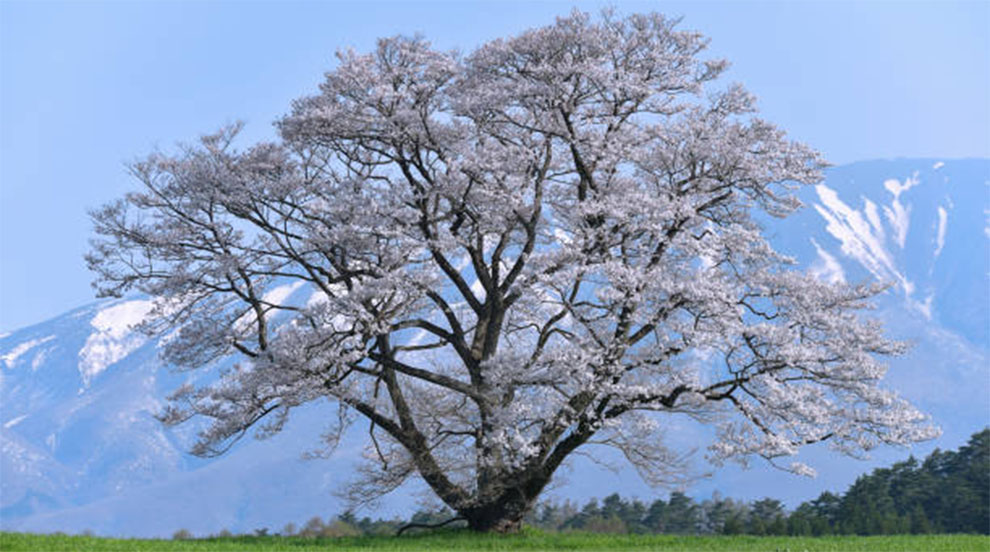
Most people prefer growing the Oyama Magnolia tree as an established or young plant. However, you can also sow them as seeds. But, it can be challenging to buy seeds. If you already have a tree, pay attention to its strange-appearing fruits and collect the seed pods in the early fall when they are still young. Open the magnolia berries now, and take out the seeds.
To ensure germination, remove the seeds from the red Magnolia berries and take the following actions:
- The seeds should be soaked overnight and remove their outer covering next day.
- The seeds should be stored in a container of damp sand in the refrigerator for around three months.
- The seeds will next be prepared for sowing in the ground or into pots. Until seedlings appear, keep them out of direct sunlight and water them frequently. Growing magnolia from seeds is by no means a quick project; it can take between 10-15 years for the tree to bloom for the first time.
To accelerate or stratify the germination, consider sowing the seeds in autumn. You can root the softwood cuttings in early summer. Further, layer them in early spring, graft in winter, and bud propagate in summer.
Oyama Tree Problems
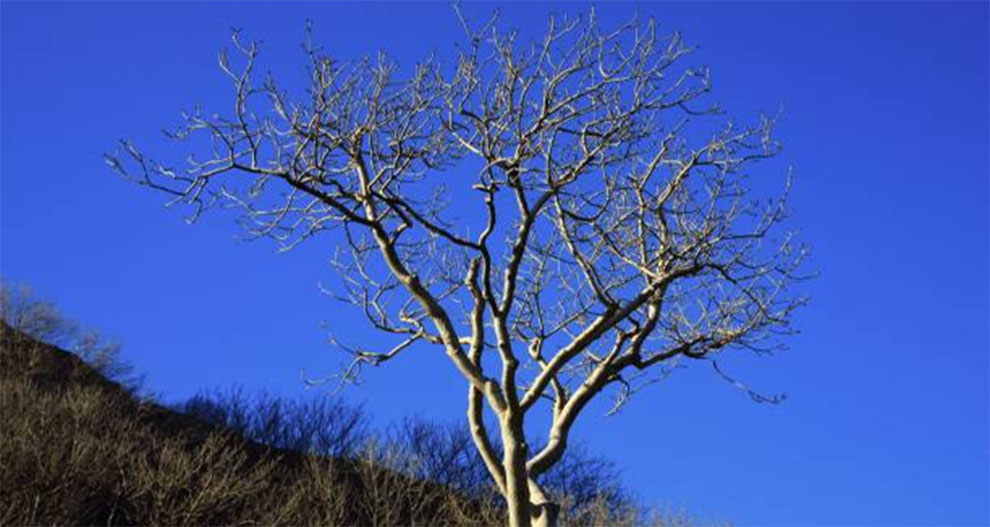
Here are some of the prevalent concerns associated with Oyama Magnolia:
A. Leaf drop and yellowing
Leaf loss and yellowing are the two main concerns associated with Oyama Magnolia. Root borer, a prevalent moth, damages the plant’s root system, resulting in leaf loss and yellowing. Apply insecticides to the tree right away if you see a moth on the trunk.
Hard frosts during the season when new buds and leaves emerge can also cause leaf loss in addition to pests. Yellowing of the leaves can also be caused by soil with an alkaline pH. However, it is simple to fix by incorporating peat or other acidic material into the base of the plant. To determine whether the soil is sufficiently acidic for the plant, you might want to get your soil tested.
B. Diseases and pests
Oyama Magnolia is resistant to pests and diseases. However, some insect species mentioned below might inflict damage on the plant.
1. Magnolia Root Borers
The Root Borers attack the plant’s root system. The plant’s overall health is affected, resulting in the yellowing of the roots and leaf drops when infested. Stressed plants are more susceptible to root borers. However, insecticides can help overcome this problem.
2. Yellow Poplar Weevils
These pests also feed on the Oyama Magnolia tree leaves. The adult insects are tiny black beetles that feed on the plant’s leaves, resulting in rice-sized, brown feeding pits. In extreme cases, they might also result in leaf browning. Yellow Poplar Weevils’ larvae feed on the plants. They are white, small, legless grubs that mine onto the leaves. Insecticides can be a good help to overcome this infestation.
There are also some prevalent diseases and pests that might also need your attention. One of them is Magnolia Scale. With proper magnolia care and attention your plant will thrive well.
